There are a lot of aspects of my day that I dislike. My commute sucks. I hate having to figure out what to have for lunch. I’m not a huge fan of doing chores. But the one thing I rarely complain about anymore is getting dressed, and that is because I finally found a way to make covering the ‘ol meat sack considerably easier: I gave myself a dress code.
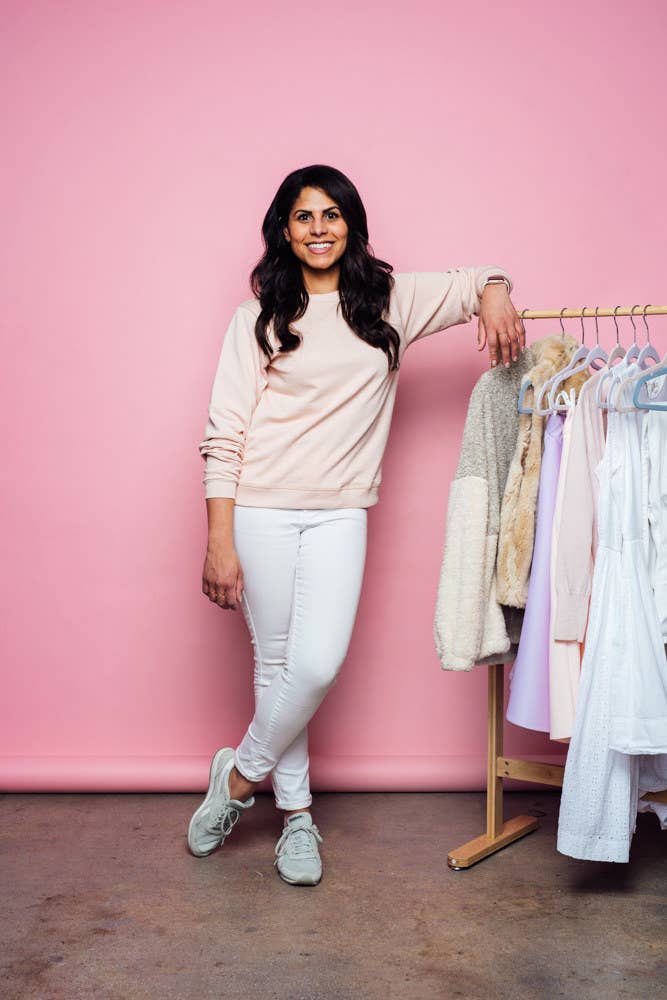
It’s not quite a uniform — I don’t wear the exact same outfit every day (although I do buy doubles of a lot of my favorite items, and have no problem with repeating outfits within a week). It’s also not a capsule wardrobe, which involves a set number of (ideally super versatile) items you’re “allowed” to have, and puts more focus on mixing and matching them to create new/different/interesting looks. The truth is, IDGAF about creating new/different/interesting looks! Instead, I stick to a very small color palette and specific silhouettes, choose from one or two outfit combinations every day, only buy items that fit my criteria, and keep my total wardrobe relatively small. It’s...a dress code.
And here’s the thing: arbitrary fashion rules can be oppressive and terrible...unless you’re the one setting them. In that case, they can be really damn liberating. That’s been the case for me.
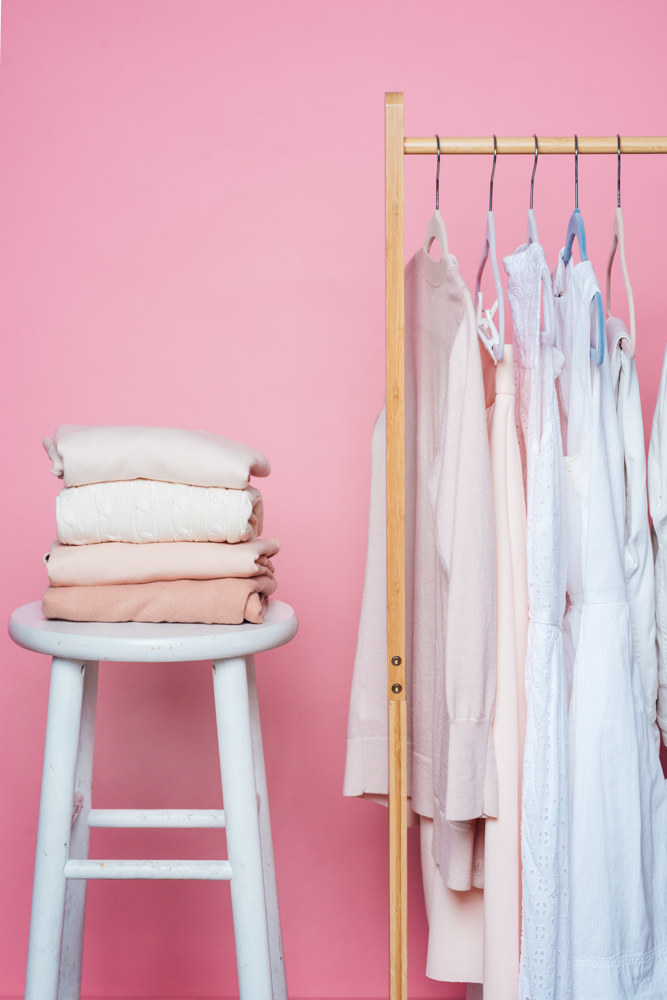
How The Dress Code Began
My current approach to my wardrobe happened in two parts. It began in my mid-twenties, when I looked at the embarrassingly high balance on my Express credit card and realized I needed to spend way less money on clothes. So I made a rule: if I was going to buy something — even something relatively inexpensive! — I needed to really like it and be willing to wear it A LOT. This helped me stop making impulse purchases, forced me to develop a better sense of what I actually liked and felt good in, and helped me get comfortable with the idea of wearing the same few outfits again and again, often for multiple seasons/years.
Then in my late twenties, I moved to NYC and had to buy a bunch of new clothes; I’d gone from working from home in tropical Texas to experiencing true seasons and leaving the house each day to interact with rather stylish humans in an office. As I shopped for new jeans, cozy sweaters, and shoes that actually covered the top of my feet, I realized I was gravitating more and more toward things that were wildly similar. And occasionally, I’d find something I liked so much that I’d want to buy a backup version of it so I could wear it more often. Or just in case something terrible happened to the first one. (YOU JUST NEVER KNOW!)
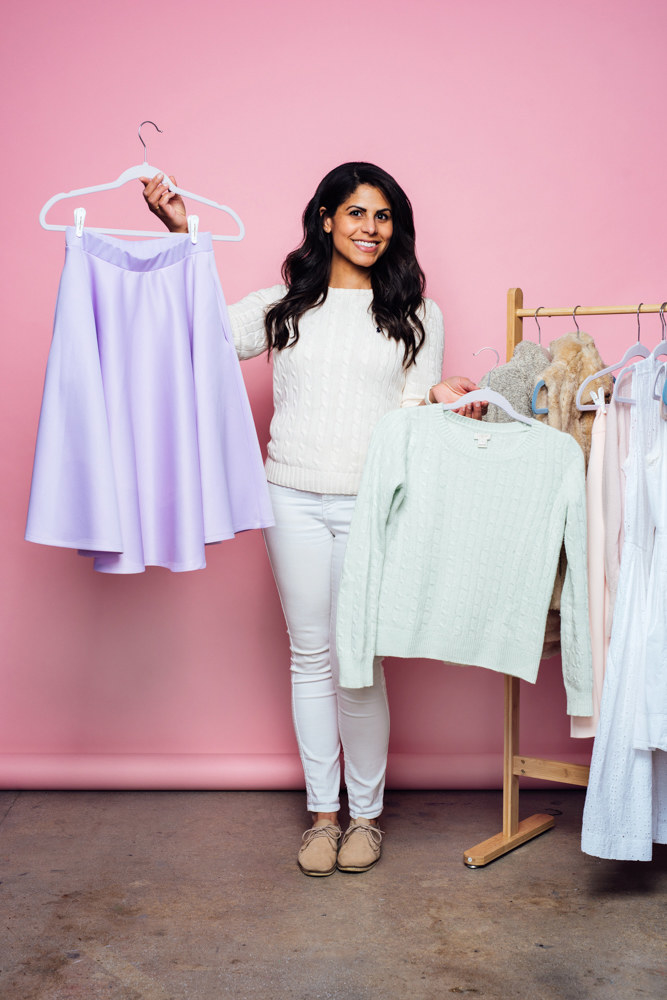
Buying so much similar clothing felt a little strange at first, in the same way that eating at a restaurant alone does the first time you do it — like, it feels weird because you think maybe it should feel weird, not because it actually is weird. But I was encouraged by something I’d observed when interning and then working at ELLE Magazine several years prior: real-life Fashion People wear the same damn things all the time. Each of my former coworkers at ELLE had a sense of personal style that was so clearly defined and virtually unchanging from day-to-day, they reminded me of cartoon characters. With that in mind, I gave myself permission to continue buying items I genuinely loved, even if they were very similar to (or literally the same as!) items I already owned.
Getting Comfortable (On Every Level)
The other big thing that motivated me was comfort — not just physical comfort (though my dress code is basically built around my desire to wear flats the majority of the time), but comfort in the sense of feeling confident and at ease with my appearance. We’ve all had those days where we wear something we don’t quite feel at home in. It’s that item you never really loved, but bought anyway — because it was on sale, or because it represented the person you hoped to be, or because you needed some new clothes and didn’t hate it — and now feel like you have to wear it. Maybe it doesn’t quite fit right, or has a feature (peplum, itchy lace) that you dislike. Or you like it as a standalone piece, but have no idea what to wear with it, and every time you try to make an outfit out of it, you regret what you come up with. Whenever you resign yourself to wearing it, you think maybe this time will be different. But it’s never different!!! Each time you wear it, you spend your day tugging and pulling at it, anxiously checking your reflection to see if you actually look as bad as you feel.
I realized that if I just actually liked everything in my closet, then I would always feel my best, no matter what I put on.
Wearing clothes you don’t feel good in is a huge distraction, and I found it especially vexatious while living in a city that’s truly exhausting even on days when you do like your outfit. And I realized that if I just actually liked everything in my closet, then I would always feel my best, no matter what I put on. So I began to stick to stores, styles, silhouettes, fabrics, and colors that I was pretty certain I’d feel good in; over time, what I now think of as my dress code emerged.
How It Looks In Practice
My style is clean, semi-sporty, casual, and cozy; it’s also heavy on the pastels, and I wear the fuck out of white year-round. The exact items change from season to season, but the same pieces and styles appear again and again, and everything looks like family.
Spring
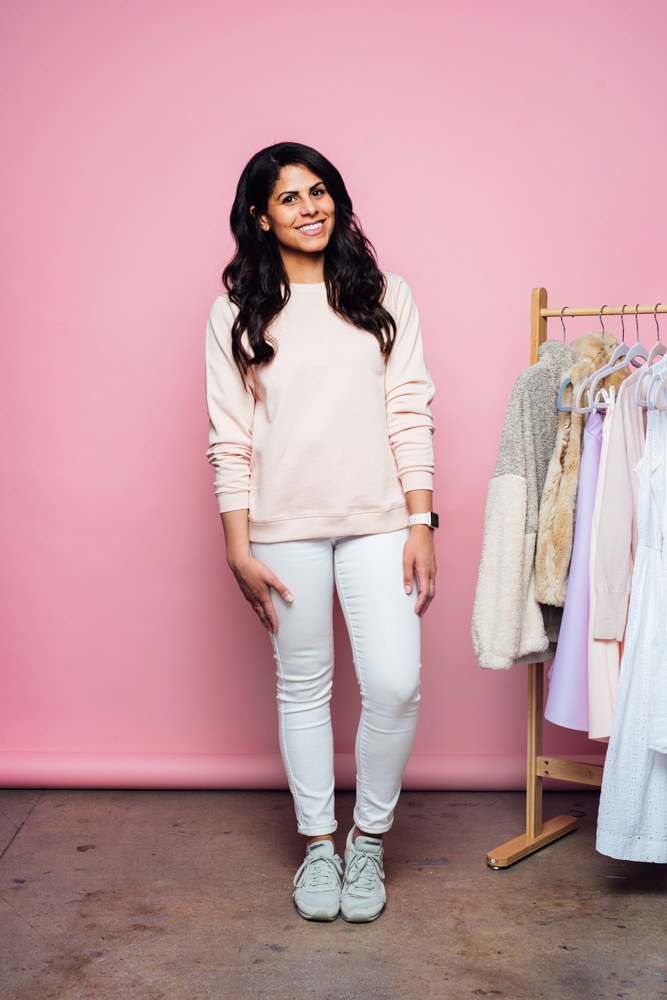
White jeans + gray, pastel, ivory, or navy long-sleeve, sweatshirt, or sweater
White jeans + pastel V-neck tee (late spring/early summer)
Fall
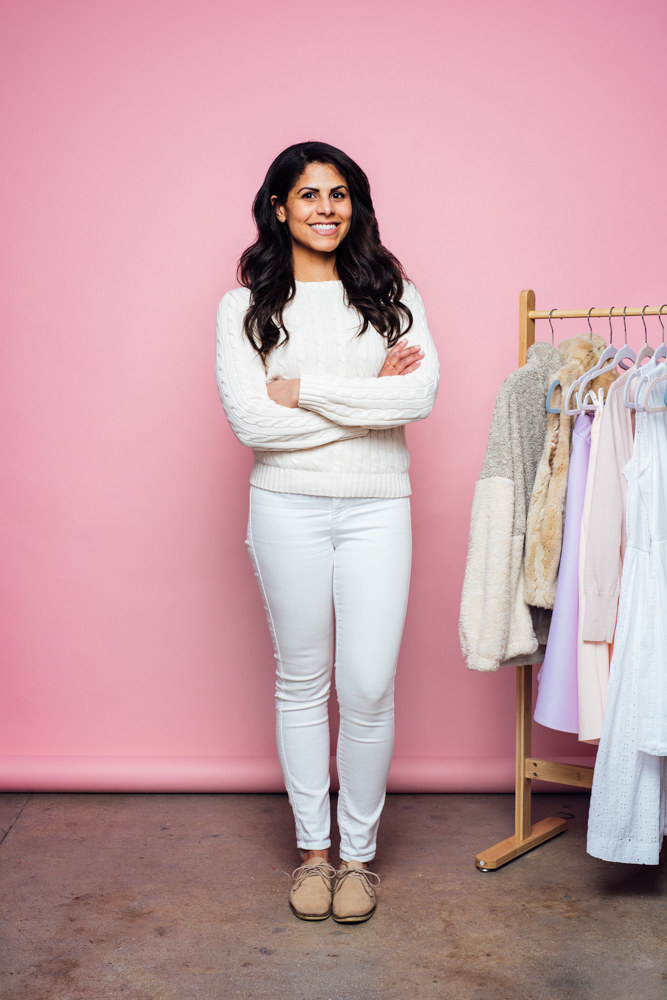
Fall is pretty much the same as spring, TBH. In general, I get the most wear out of my lightweight sweaters — including Old Faithful, aka the ivory cable-knit pullover I bought from the Ralph Lauren Factory Store back in in 2013 — because I can wear them nearly year-round.
Winter
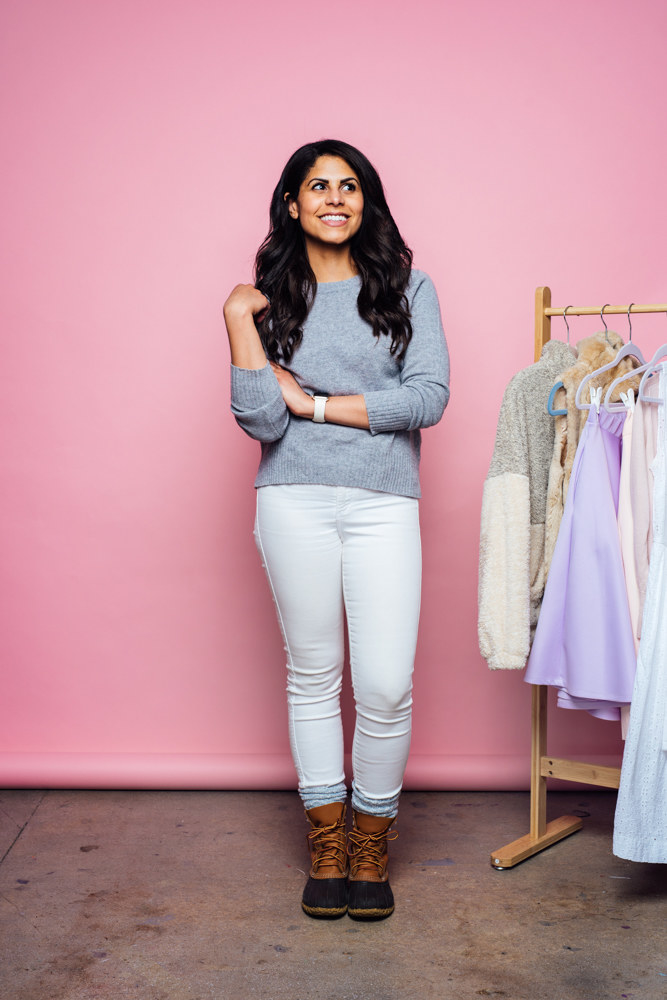
Winter! My favorite season!!! Each time the temperature drops another five degrees, I come a little more alive.
Winter is basically the same as spring and fall, but with the addition of socks, boots, heavier sweaters, and some faux fur.
Summer
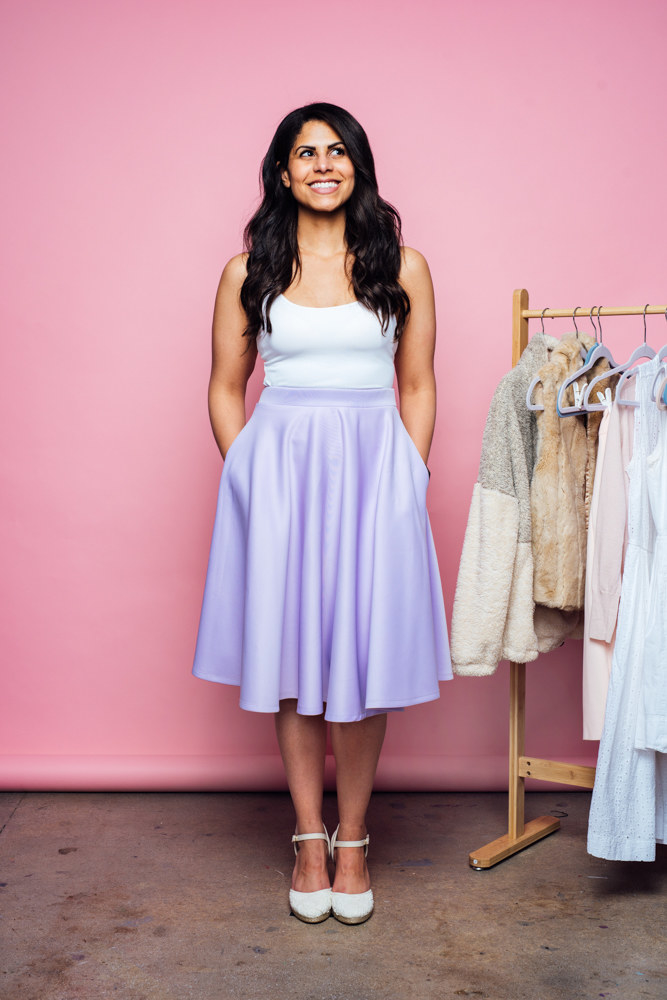
Either a sleeveless white midi dress or a sleeveless white sundress (I own duplicates of both dresses shown below) + a light pink cardigan when I’m inside. (Ugh, office AC!)
A pastel or floral midi skirt + white tee or tank
Pastel shorts + white tee or tank or ivory shorts + a pastel T-shirt
Summer is my least favorite season, but I make do.
Accessories
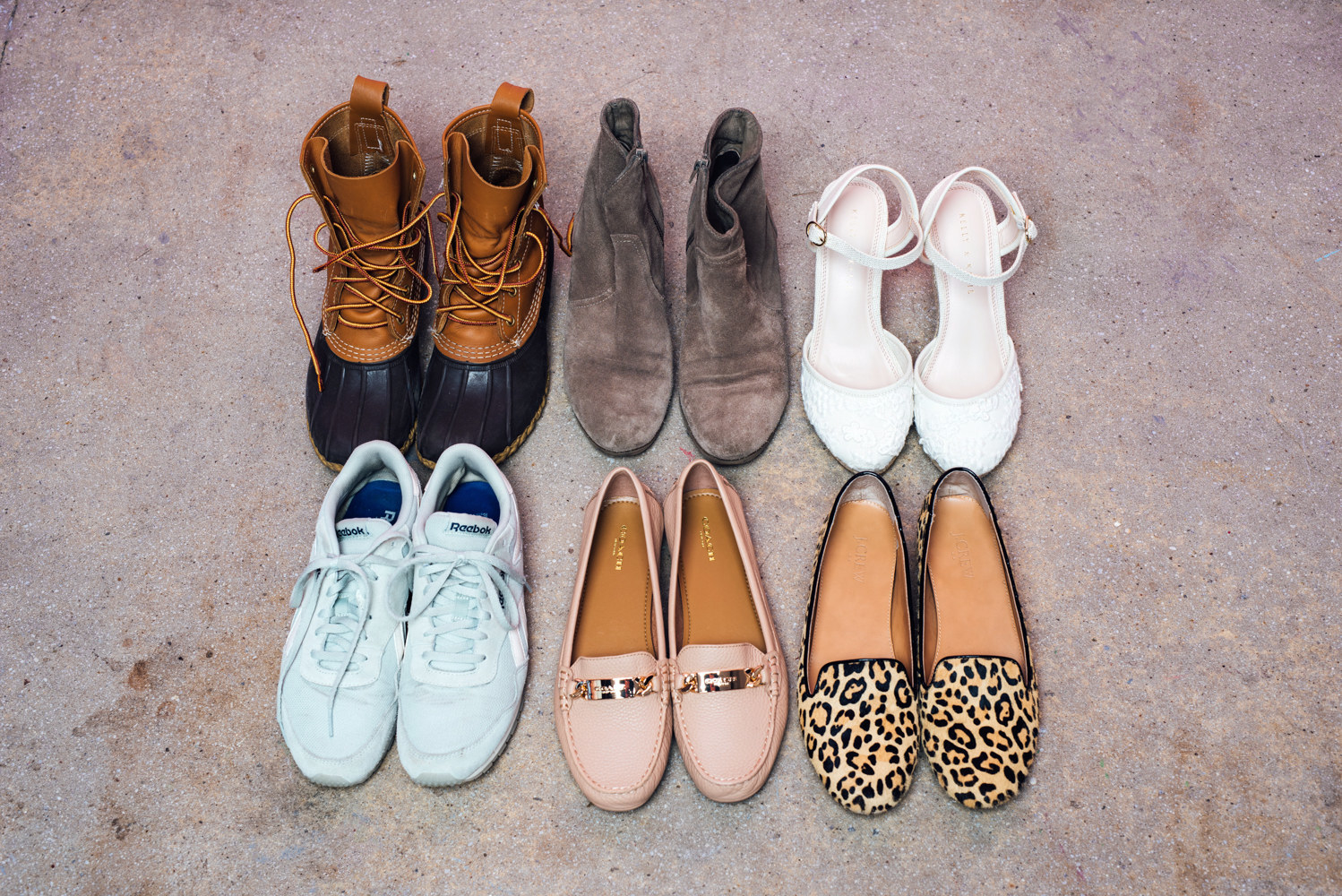
My accessories are basically always the same: small gold earrings, a watch, two gold rings on each hand, and an ivory purse or backpack. And then I do tan/beige shoes, pretty much always: Coach loafers (worn with socks in the winter); lace-ups, booties, wedges. My other faves are mint green Reebok sneakers, leopard loafers, and then my Bean boots or Uggs for when I’m commuting in the winter. I also have black rain boots that are pretty clutch.
Wild Cards
On weekends, my look is pretty similar: pastel pajamas, soft pants (I'm obsessed with my cream Lou & Grey Zen Bounce Upstate pants and — perhaps unsurprisingly — have two pairs), or shorts, and then a white tank, tee, sweatshirt, and/or a pastel zip-up hoodie.
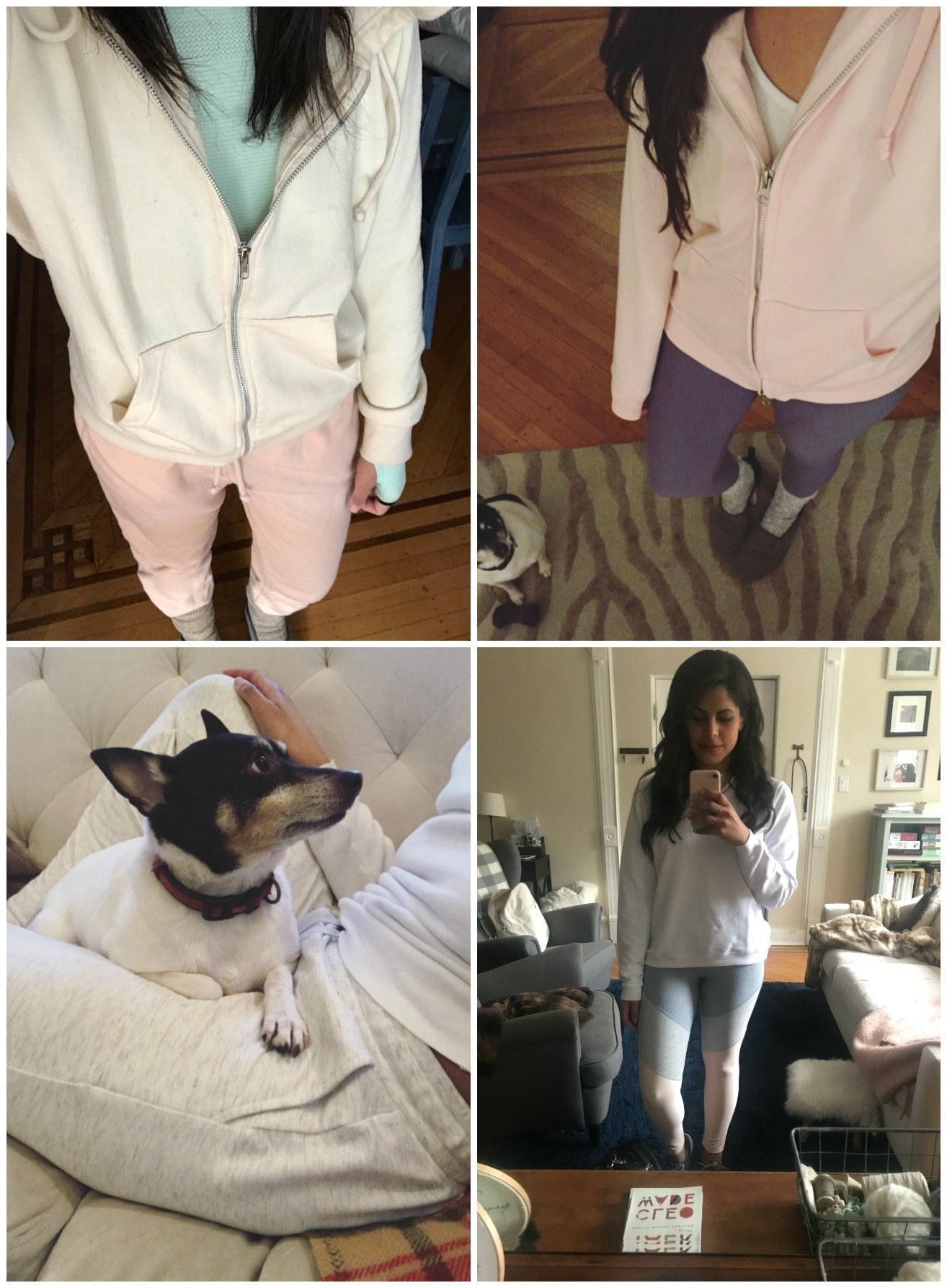
For events (of which I attend approximately...two a year), I'll do a floral dress, baby blue jumpsuit, or ivory jumpsuit (all from ASOS). I also have a pair of blue jeans and a pair of light gray J. Crew pants that I'll wear maybe once a month with an ivory or white top. And I have an ivory off-the-shoulder sweater and an ivory off-the-shoulder sweater dress for when I want to be slutty-cozy (which is my preferred state of being, TBH).
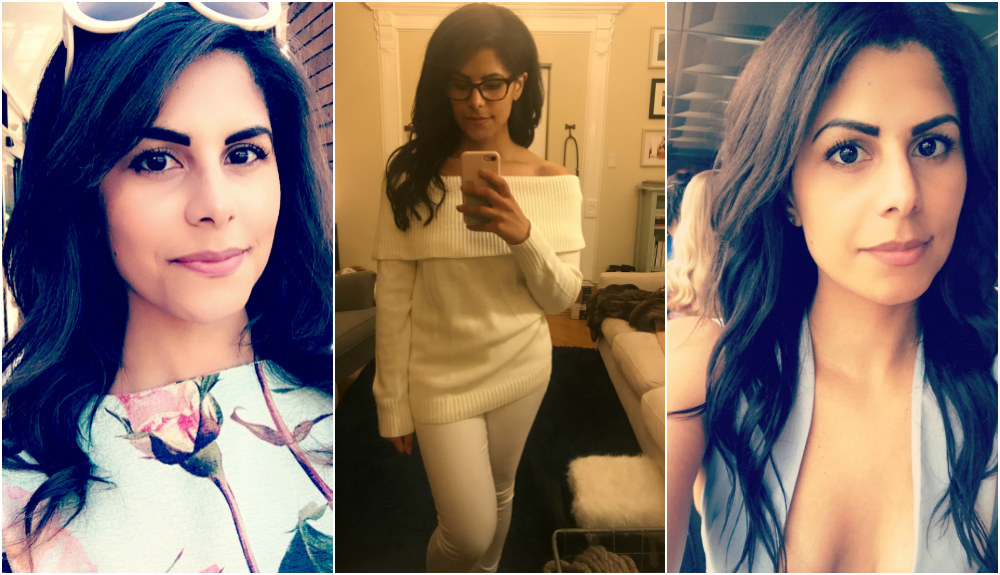
And...that's it! That's what I wear!
It’s actually not that far from the school dress code I had during my formative years (gotta love Catholic school biz caj!), which may be why it feels so normal to me.
Even though my style is super casual, the color palette and abundance of white makes it look polished — something that’s not insignificant as I navigate the world as a woman of color. Do my white jeans alone keep me from getting harassed by the cops? No. But my overall look reads as middle class, relatively conservative — I’m basically riffing on the aspirational clothes of my youth; pretty much everything I wear would be completely at home on a white yuppie in the late 80s/early 90s — and super non-threatening. This isn’t the main reason why I’ve chosen these clothes — I genuinely just really like them, and bold prints/colors are deeply not me — but I’m not going to pretend that they don’t help me literally and figuratively move through the world more easily.
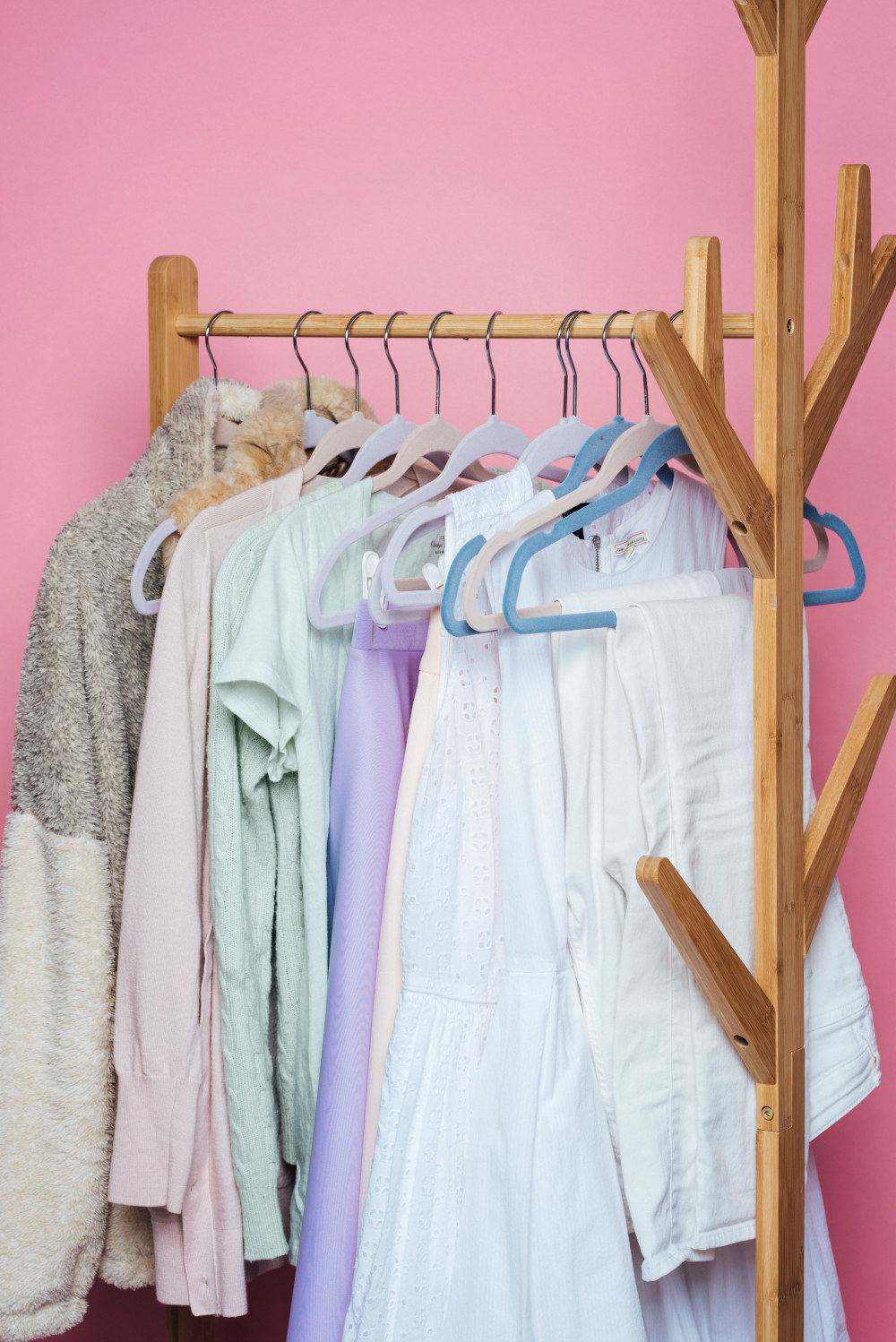
How I Shop
I often joke that I only go shopping four times a year, but that’s...not that far off. I’m not a huge fan of shopping for clothes, so I tend to do it all at once and then I can be done with it for several months. When I am in shopping mode, I stick to the same stores — H&M, J. Crew, J. Crew Factory, ASOS, Nordstrom Rack, and the Coach Factory Store (for occasional new accessories) — although I’ll occasionally branch out if I see something from another store on a friend, or on one of the few fashion bloggers I follow.
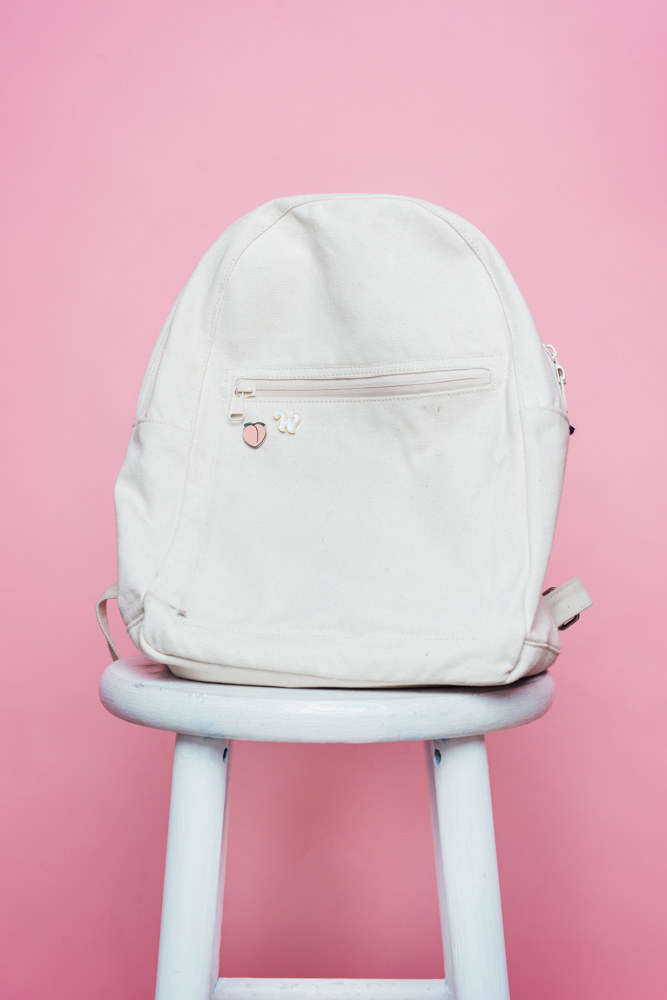
Limiting the amount of stores I even bother with is a great start, but it’s the dress code (which I can change at any time if I see something that strikes my fancy!) that makes shopping way more efficient and less overwhelming. Now when I shop, I’m hunting for very specific colors, fabrics/textures, and silhouettes — which means I can move super quickly. Oh, is everything on that rack bright and patterned? Is that dress shaped like a paper bag? Cool, NEXT. And online, I can literally filter my searches by color and style. So I still get to experience the thrill of the hunt, but it doesn’t feel quite so exhausting.
The Numbers Game
This is the point where some people would make the argument that if you dress this way, you can buy nicer/more expensive things — because you’re not buying as much, and you’ll wear the stuff you buy “forever.” And this is true...but the fact is, most of my clothes are still relatively inexpensive. ($20 H&M sweatshirts are one of my wardrobe staples!) I’m finally starting to buy slightly more expensive pieces, but I don’t fully ascribe to the classic fashion magazine “buy one $300 skirt instead of 10 $30 skirts” school of thought. My philosophy is something more like, “Buy one or two skirts you really love and will wear for several years, and probably don’t spend more than, like...$80 total? IDK???” Luckily, I’ve been able to find plenty of things that I love that aren’t outrageously expensive. As it stands, the only instance in which it would make sense for me to spend $300 on a single everyday skirt is if I knew I’d wear it several times a week for the next four years and also be buried in it.
In our current consumer landscape, when buying literally any household item requires you to consider several dozen options first, there’s something to be said for making less decisions.
And instead of giving myself an arbitrary number of items that I’m “allowed” to have, I just try to be honest with myself about what I really need (which mostly comes down to how often I am willing to do laundry), and to only buy things I truly love (which is...not that much, it turns out). But I also don’t feel terribly guilty about buying new items. If I accidentally shrink something in the dryer, or I’m feeling like I could really use a couple new summer dresses and, Gosh, that one is cute, or I need to buy some new items because I’ve gone up or down a size, I don’t force myself to grovel at the altar of the fashion gods before I can make the purchase. I’m the one setting the rules, and the rules are there to serve me — not the other way around.
Laundry
Of course, having less clothes means doing more laundry, which I don’t love. And because I want everything I buy to last as long as possible, I make a point to take very good care of my clothes. That means I don’t overwash things, I actually follow the care instructions, and I pretty much hang-dry everything (excluding socks and underwear) which is a pain in the ass, but has been worth it in the long run. (Laundromat dryers are SO HOT and I DO NOT TRUST THEM!!!)
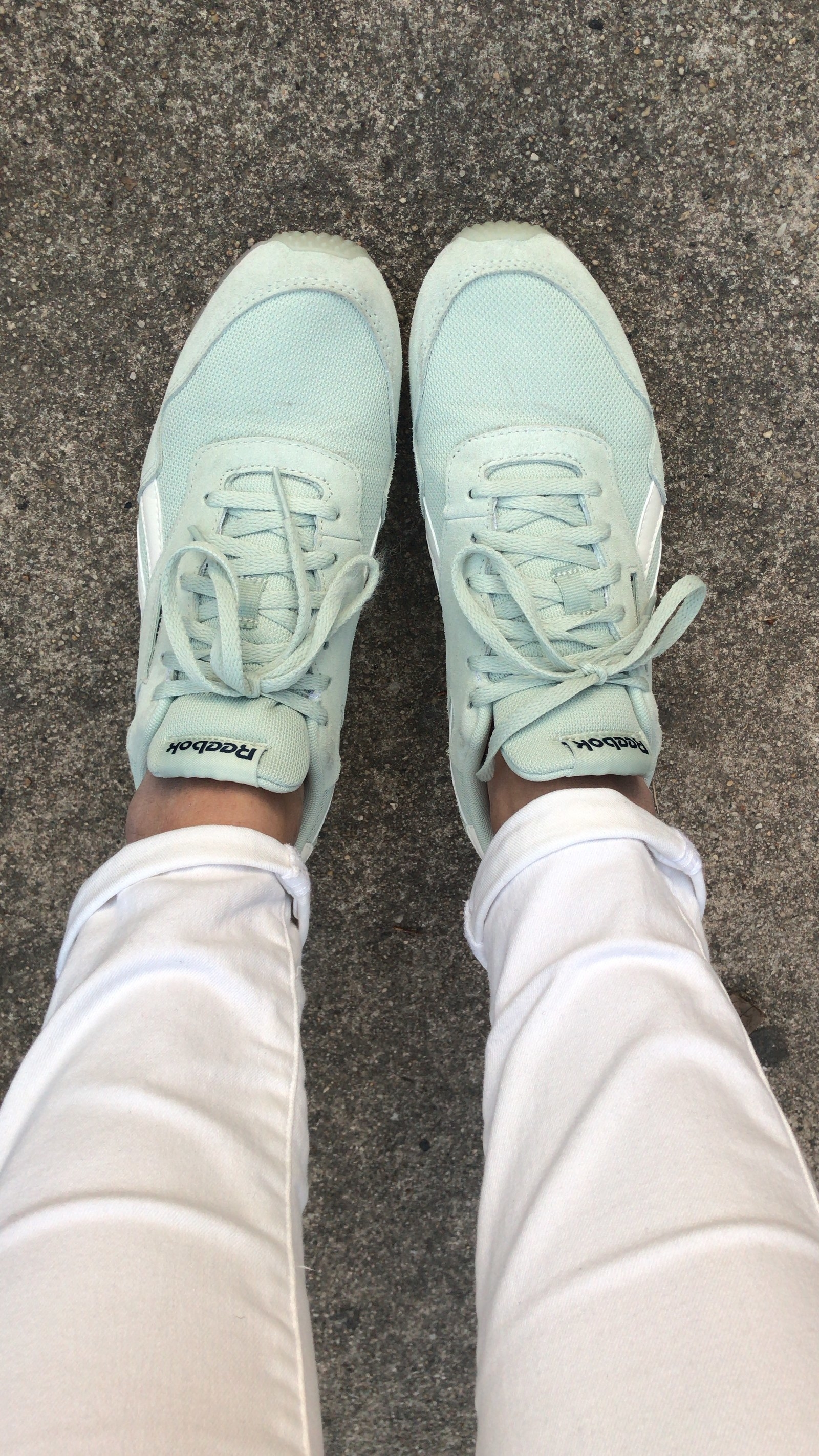
The good news is that my dress code makes doing laundry considerably easier — there isn’t much variation in fabrics and therefore care methods, and most weeks, I only have two loads of laundry to do.
Decision Minimalism FTW
One of the biggest benefits of having a dress code is the fact that getting dressed in the morning is so simple now. The only thing I really take into consideration is the weather, and I generally try to avoid wearing the exact same outfit two days in a row. (But if I wear J. Crew eyelet dress #1 on Monday, I’ll definitely wear J. Crew eyelet dress #2 again on Wednesday.) And on the rare occasion that I need to dress up, I don’t stress about what I’m going to wear, or have to make time to go shopping — I know that I’m wearing one of my three event outfits, and I’m all set.
In our current consumer landscape, when buying literally any household item — from deodorant to garbage bags — requires you to consider several dozen options first, there’s something to be said for making less decisions.
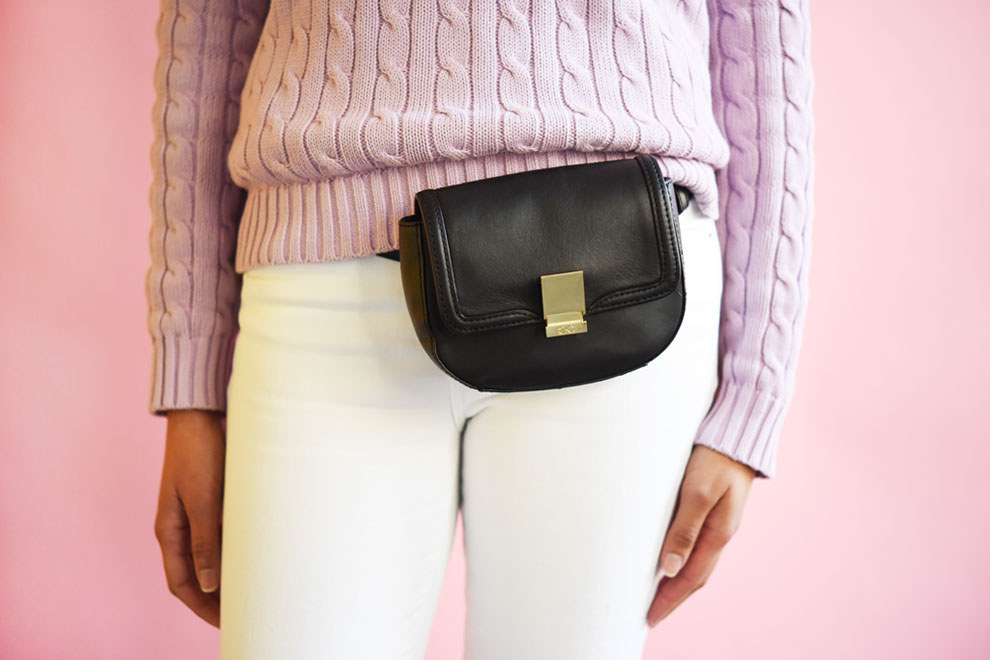
I’m not alone in my desire to not have to go to battle with my closet every morning. A lot of famous, successful people — Mark Zuckerberg, Barack Obama, Steve Jobs — are on board with this. And plenty of other mediocre-ass men have been doing it for years. (Hello, suits?) Of course, men are far less likely to be judged for wearing the same thing to work every day; if a man shows up to every wedding he attends wearing the same suit and tie, it’s highly unlikely that anyone will notice, let alone comment.
If a man shows up to every wedding he attends wearing the same suit and tie, it’s highly unlikely that anyone will notice, let alone comment.
It takes a bit more nerve for a woman to show up to work or events wearing the same thing over and over again. And I don’t want to dismiss the very real social consequences that women have to deal with based on how they dress, or insist that every woman could do this. But what helped me — aside from a not-insignificant amount of privilege — was knowing that any people who judge women for sticking to a limited wardrobe are objectively wrong. There is really no legitimate argument for why a woman should be required to buy a new dress for every single occasion (especially when her male counterpart doesn't have to).
Of course, expecting people to stick to well-reasoned arguments when they are aggrieved about a woman’s request for equality and bodily autonomy is pretty naive. But knowing that anyone who judged me for not spending a ton of time, money, and energy on my clothing would come across as snobby, sexist, super insecure, and deeply unreasonable gave me the confidence to just go for it. And so far, people have generally been supportive of how I dress (at least to my face). Then again, that might be because wearing white in filthy NYC year-round is really uncommon; meanwhile my strolling into the bathroom at work in white jeans, openly brandishing a super-plus tampon is a low-key act of aggression. So maybe it’s just that most people aren’t looking to start shit witch of that level! Who’s to say???
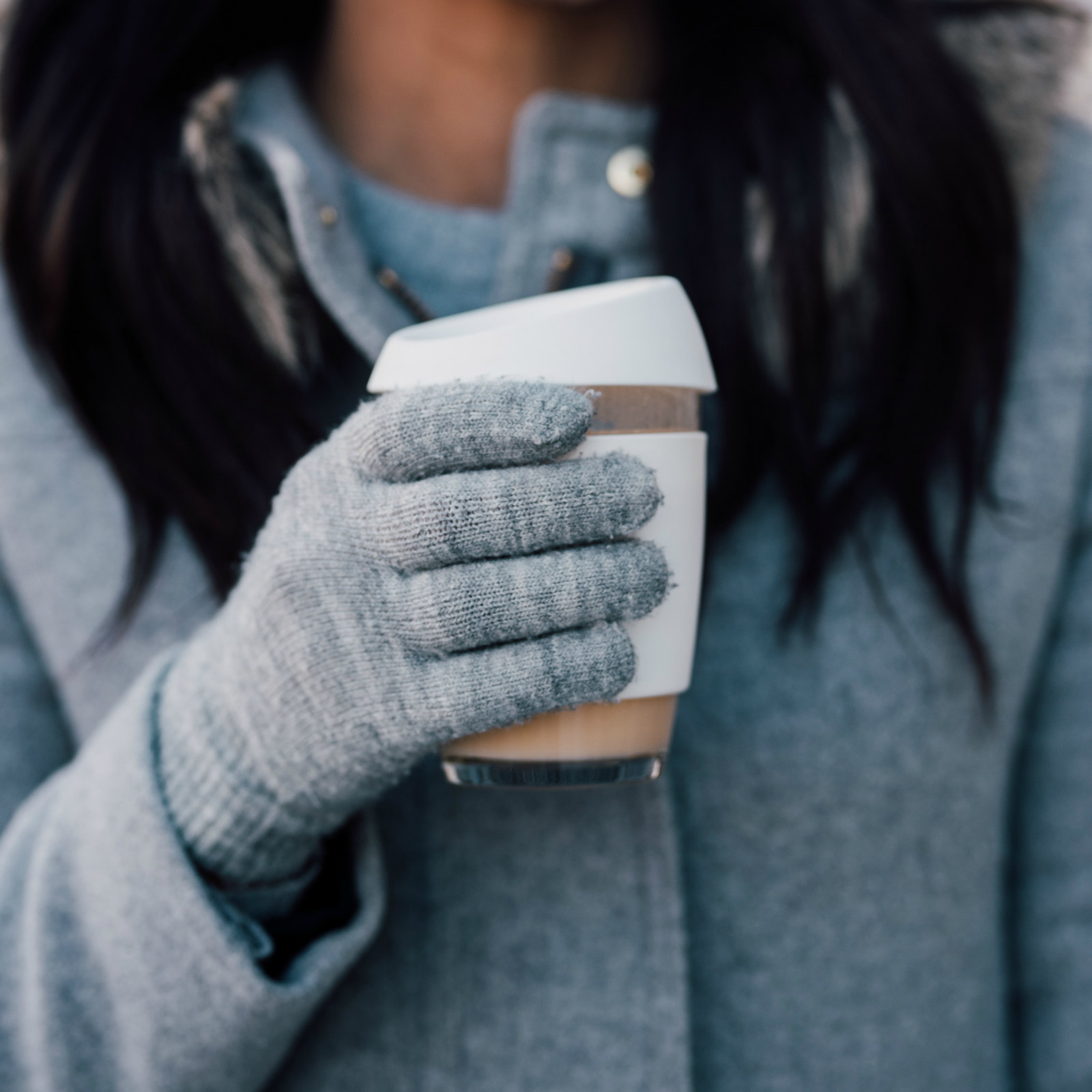
Yeah, it’s boring. That’s kinda the point.
For some people, getting dressed is a creative outlet; I am not one of those people. I view clothing as a form of self-expression, but it’s not an area where I care to be creative — and, in fact, I’ve found that not thinking about my clothing makes it easier to put my time and creative energy into the things that I actually care about. While I have a very specific style that has become pretty well-known in my office, I’m not a stylish human (jeans and sweaters from H&M and J. Crew aren’t exactly avant-garde here!!!) and I’m totally fine with that. I have plenty of other good qualities to list on my college applications.

